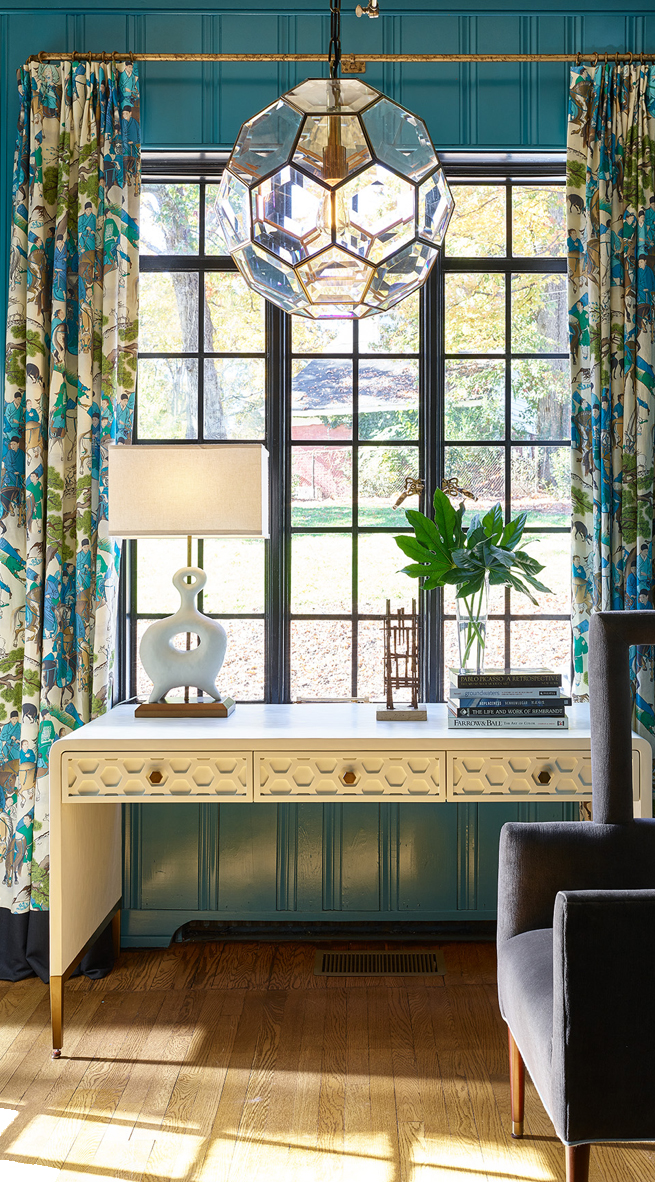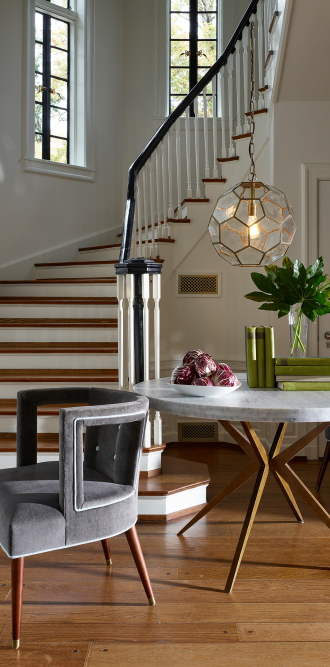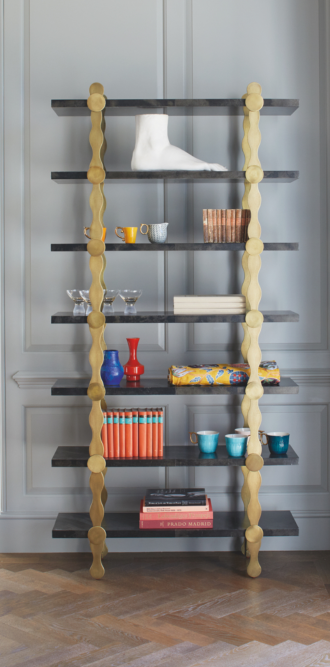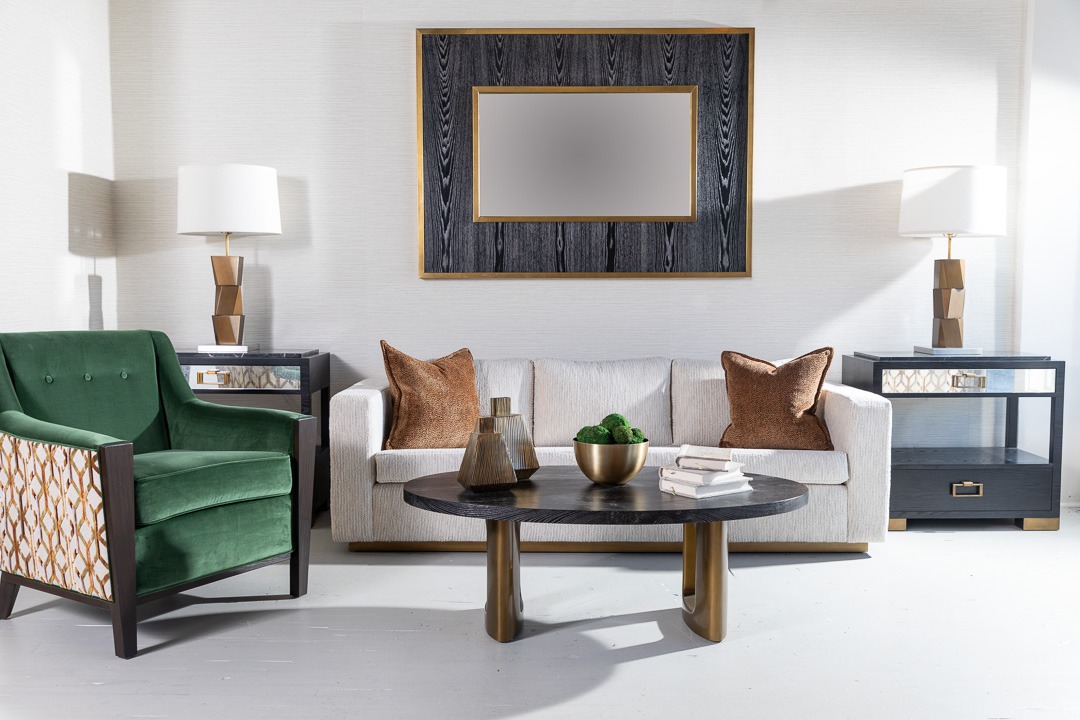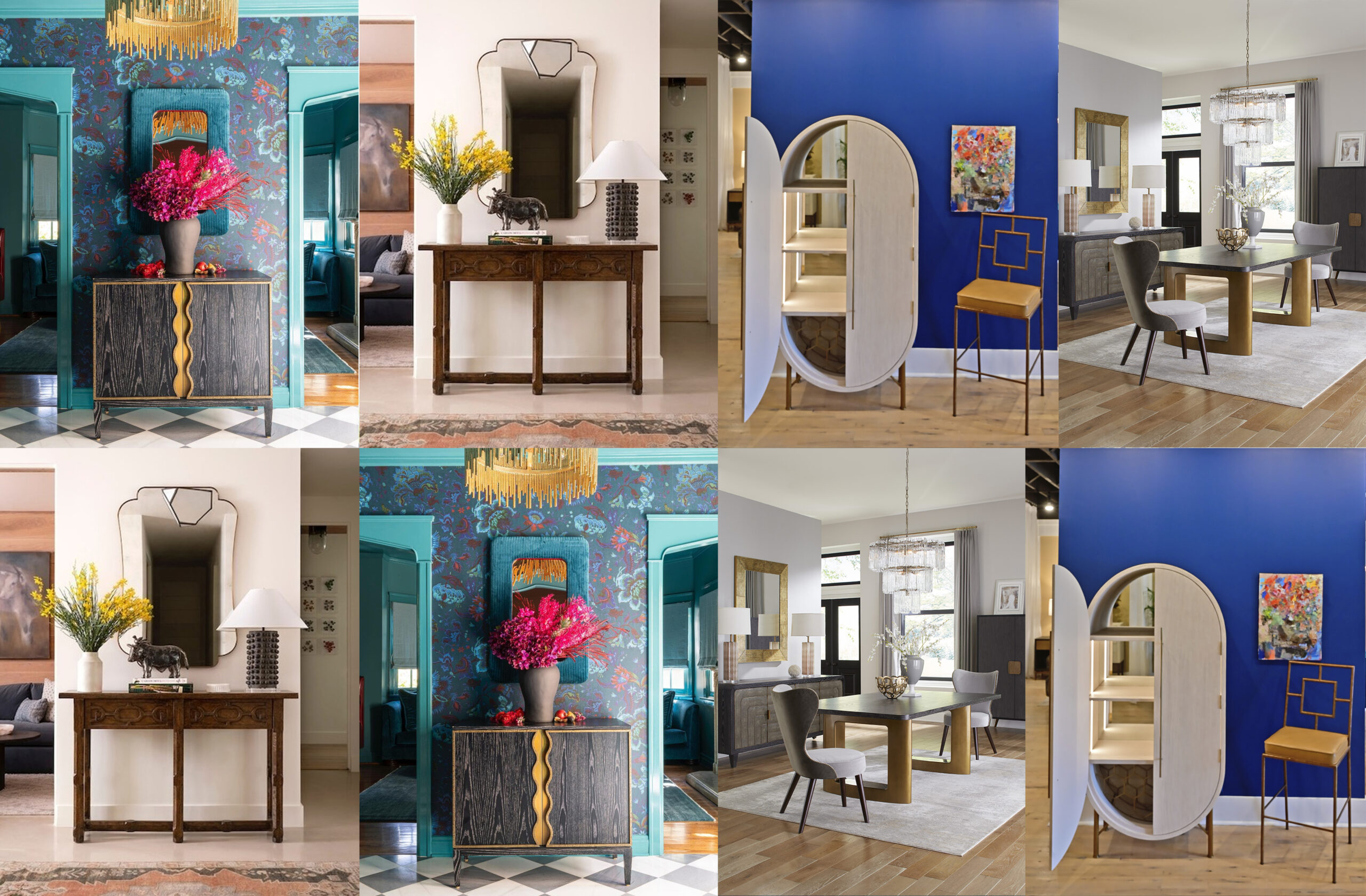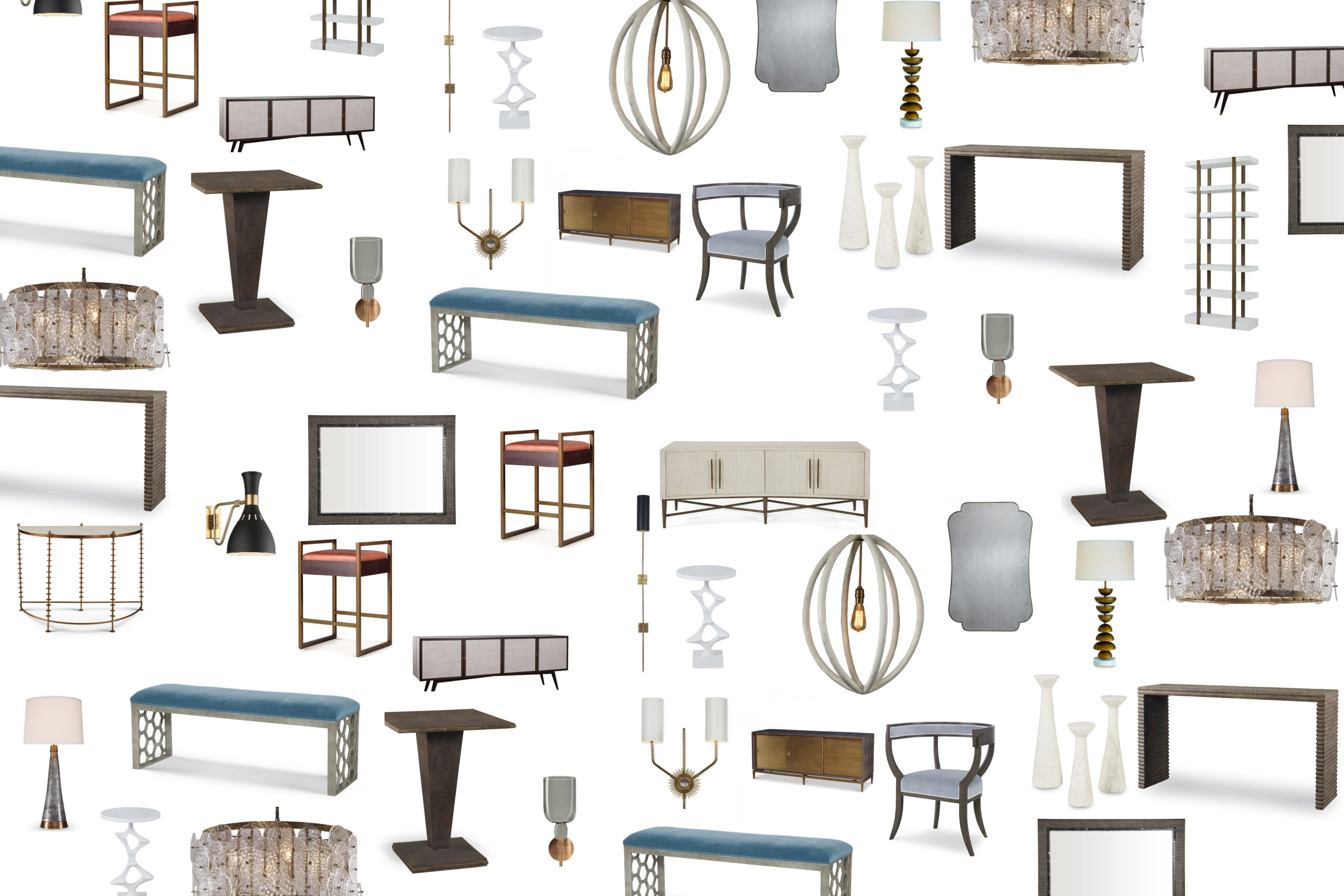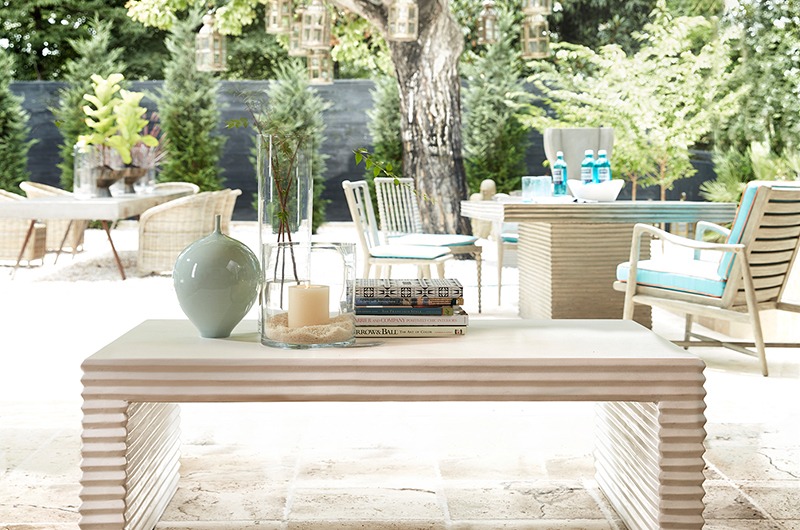Six Creative Ways to Divide a Room in Two
The open-concept design has begun to lose its charm for many homeowners as the world has grown to accept the new normal of virtual workplaces and schools. Creating a remote workspace away from the office has become vital to mental health. The same can be said for any room in the home. The division of living rooms […]
Read More
